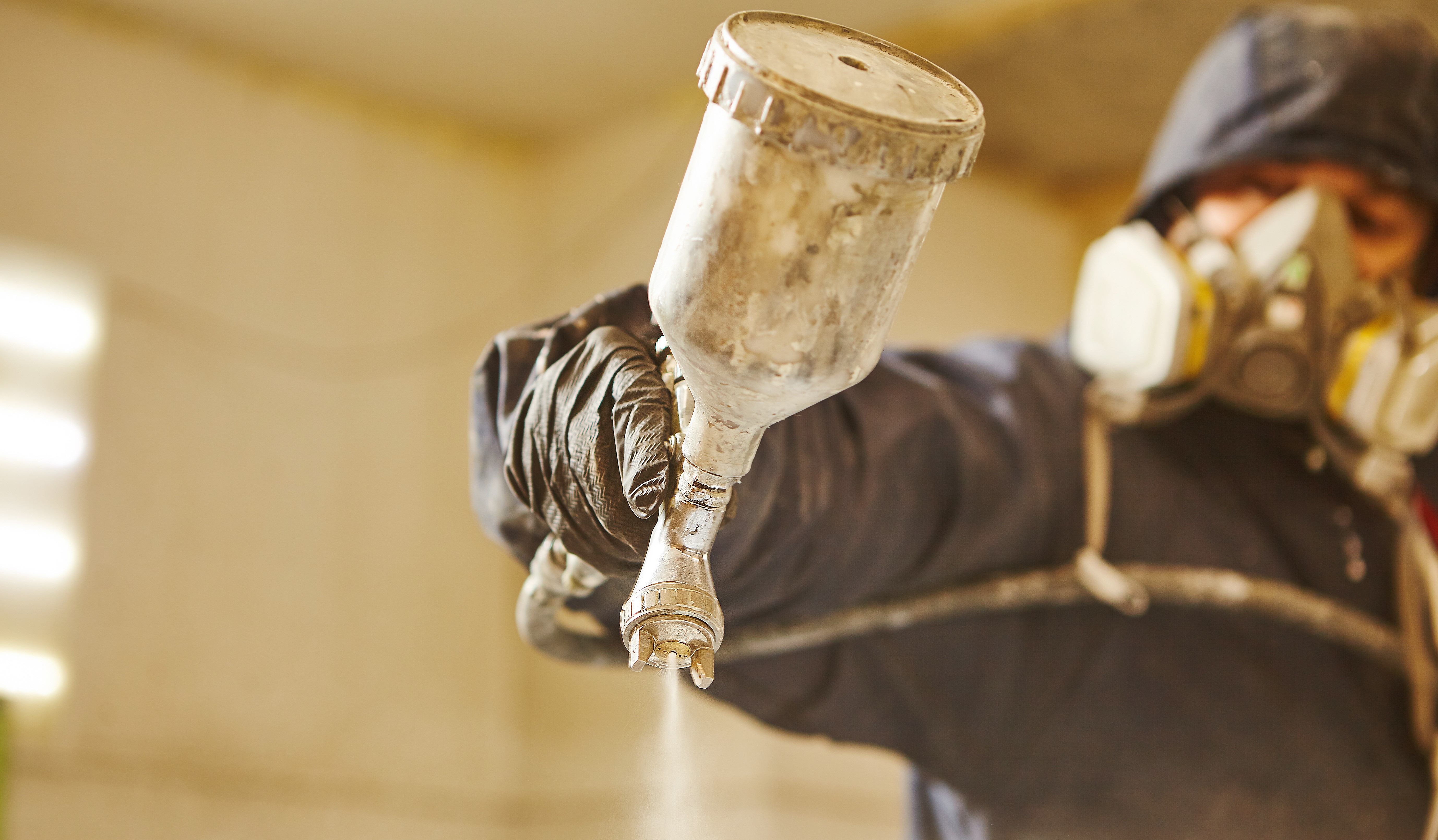
Achieving Safety & Compliance with Automated Spray Systems
Compliance codes and safety affect all automated spray systems.
Solvents are generally one of the most easily overlooked hazards in manufacturing and production. These chemicals—such as Benzene and Xylene, Toluene and Methyl Ethyl Ketone —are dissolved and mixed with oils, varnishes, resins, and inks. They are used for a wide range of applications, particularly when removing paint or adding varnish, lacquers, or any other finish.
Potentially Harmful Chemicals
For human beings, solvents can be especially harmful. They can enter the body through inhalation, ingestion, or by coming into contact with the skin, which readily takes these chemicals into the body and allows them to enter the bloodstream. These can have long-term health risks and cause kidney and liver damage, along with other problems.
Solvents play a significant role in automated spray systems. Every spray project involves solvents at various stages of the process. Employees and operators are regularly exposed to these chemicals, which can be a severe risk to their health. These health issues, in turn, can slow down projects and ultimately affect your bottom line.
Safety Codes for Solvents
For this reason, the United States Department of Labor’s Occupational Safety and Health Administration has guidelines in place for automated spray systems. The OSHA standard 29 CFR 1910.107 offers detailed requirements regarding the design and construction of spray booths and rooms, velocity, air filters, and air flow requirements. These requirements include:
Air filters must be cleaned and replaced as necessary
Proper air flow must be maintained in a spray booth
Spray booths should have a water washing system to minimize dust or residue in exhaust ducts, as well as to recover oversprayed finishing material
All portions of a spray booth should be readily accessible for cleaning.
The Arnold Machine Advantage
At Arnold Machine, our spray automation systems are designed for safety, efficiency, and compliance with OSHA standards. We provide programmable gun controls to reduce overspray and wasted material usage. We also manage air flow by spraying to maintain these volatile organic compounds and then filtering them before exhaust. Therefore, we virtually eliminate the contact of hazardous chemicals —such as Benzene and Xylene, Toluene and Methyl Ethyl Ketone — with the operator.
Depending on the particular state regulations, these solvents are either suitable to exhaust directly into the open atmosphere, or are run through a thermal oxidizer to further reduce or even eliminate any resulting contaminants. These processing methods not only guarantee compliance with OSHA standards, but also make our systems more environmental by cutting down on pollution.
Visit us today to learn how Arnold Machine can add compliance, safety, and efficiency to your next automated spray project.
